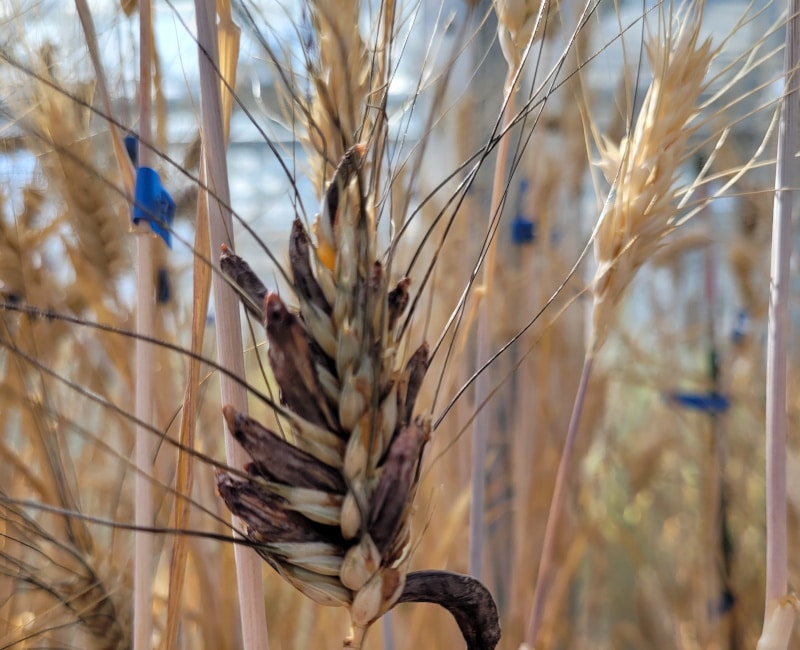University of Saskatchewan researchers have made a difference in the world of wheat by peering inside the genome of spaghetti.
University of Saskatchewan researchers played a key role in an international consortium that has sequenced the entire genome of durum wheat — the source of semolina for pasta, a food staple for the world’s population.
The news comes less than three years after researchers at the Crop Development Centre at USask helped crack the code for understanding the highly complex genome of bread wheat.
Here’s how their latest accomplishment will change the world of wheat once again.
- It helps put Canada on the map. The research involved more than 60 scientists from seven countries. The work was co-ordinated by Luigi Cattivelli of Italy’s Council for Agricultural Research and Economics and included corresponding authors Curtis Pozniak of USask and Klaus Mayer of the Helmholtz Zentrum München (Germany), as well as researchers Aldo Ceriotti and Luciano Milanesi of Italy’s national research council and Roberto Tuberosa of the University of Bologna inItaly. Durum wheat is mainly cultivated in Canada, Europe, United States, and South Asia, and remains a key crop for small farms in North and East Africa, as well as the Middle East.
- It will help us adapt to climate change. “This ground-breaking work will lead to new standards for durum breeding and safety of durum-derived products, paving the way for production of durum wheat varieties better adapted to climate challenges, with higher yields, enhanced nutritional quality, and improved sustainability,” said Cattivelli.
- It will bolster food safety. USask plant breeder Pozniak, along with University of Alberta scientists Gregory Taylor and Neil Harris, identified the gene in durum wheat responsible for accumulation of cadmium, a toxic heavy metal found in many soils. The team discovered how to significantly reduce cadmium levels in durum grain, ensuring the safety and nutritional value of the grain through selective breeding.
- It will lead to new varieties. “We can now see the distinct DNA signatures that have been so critical to the evolution and breeding of durum wheat, enabling us to understand which combination of genes is driving a particular signature and to maintain those target areas of the genome for future breeding improvement,” said Marco Maccaferri, lead author of the published study.
- It will make for better pasta. As pasta is a staple for the world’s population, industries are asking for more, safer, and higher-quality durum wheat. “Having this durum wheat high-quality genome sequence enables us to better understand the genetics of gluten proteins and the factors that control the nutritional properties of semolina. This will help to improve pasta quality traits,” said Ceriotti.











